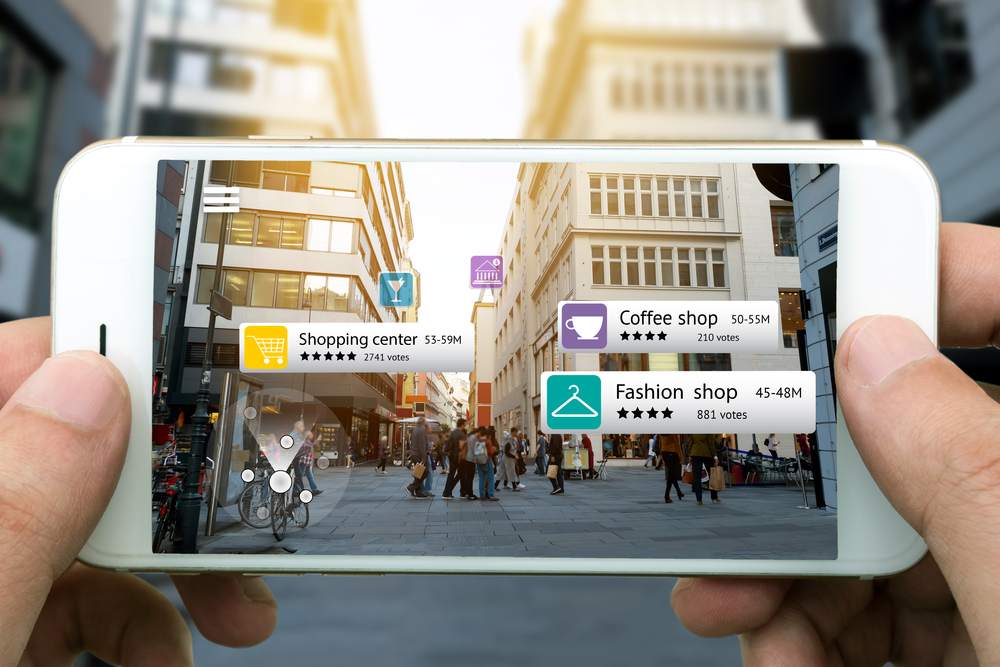Extended reality (xR) is a term which includes Augmented Reality, Virtual Reality, Mixed reality and everything in between. It refers to all the real and virtual combined environments and human-machine interactions. The modern world computer technologies and wearables are used to construct the ARs, VRs, and MRs which transform the virtual (cyber) objects to appear real i.e. transform them to the real (physical) world.
Virtual reality (VR) is a computer-simulated reality. It is an immersive experience in which hardware such as realistic sound generating headsets, screens that generate/ play images and videos replicating to the real environment are used to immerse the user into a virtual world. Augmented reality (AR) is a technology in which the virtual objects are superimposed in the real-world environment. These objects are augmented with computer-generated sounds, videos etc. As it adds new (virtual) objects into the existing (real) world it can clearly be classified as extended reality. Most of the people have knowingly or unknowingly used AR through their mobile phones or tablets.
Mixed reality is a user experience which is created by mixing/ combining real and virtual objects and hence consists of both, real and virtual worlds. It fastens the virtual objects into the real world. Real objects are the day to day objects which have the objective existence and virtual objects are those which are present in the form of essence or feel or effect but not materially. MR is a mix of reality and virtuality. Suppose we plot MR on a scale with MR as a midpoint and reality (fully real environment) and virtuality (fully virtual environment) as the endpoints. For the MR environments in between these endpoints of the scale, as we move from left to right, reality decreases and virtuality increases. With increasing virtuality, the environment becomes “Augmented Virtuality”.
For any application or environment to be considered as MR, it has to satisfy three requirements. One, it can be represented as a combination of real and virtual content. Second, it should be interactive in real time and third, it should be registered in three dimensions. These applications once created are then accessed through specially manufactured hardware devices which enable the interaction of real and virtual objects. In MR, the virtual objects are not just present with the real objects but are also able to interact with each other.
These extended reality technologies have quite a few applications present today in industries very diverse-from healthcare to education and scientists are coming up with technologies which provide improved user experience which in turn makes the application of technology possible for some new tasks. Considering the different kinds of applications of xR technology, it definitely will hold importance in future and hence force corporates to research on it.

